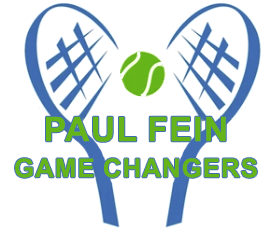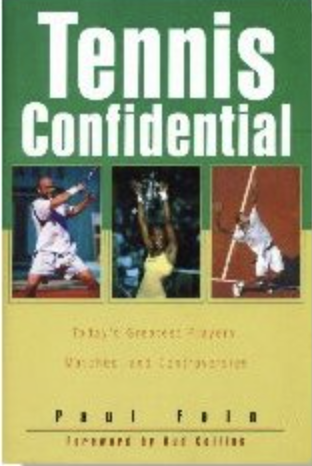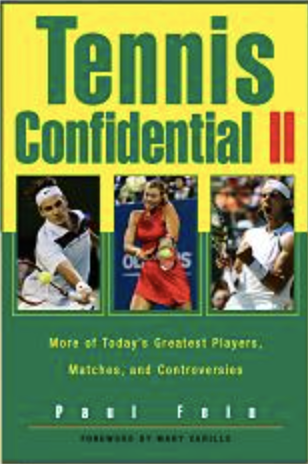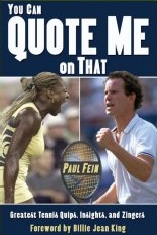How Did Nadal Pull His Amazing Comeback?
Hits: 49
“Now that I’m losing some, I can see how tough I was—the killer instinct, the single-mindedness, playing like a machine. Boy, that’s what made me a champion.” – Chris Evert, near the end of her illustrious career, in TIME magazine (1989)
Several tennis friends asked me if I was surprised Rafael Nadal came back from such a huge deficit to win the Australian Open final. Rafa was down 2-6, 6-7, 2-3, 0-40, facing three break points.
I replied “Yes and no.” Yes, because Nadal was so far behind, and he faced world No. 2 Daniil Medvedev. Also, the redoubtable Russian excelled on hard courts, winning the 2021 US Open, and defeated Nadal in their last match at the 2020 ATP Finals.
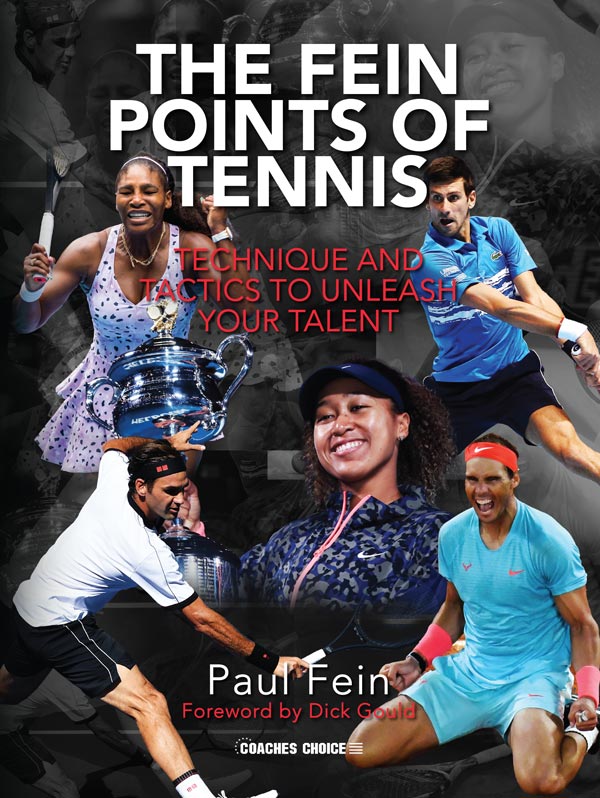 No, for several even more important reasons. The most important is that along with Jimmy Connors, Monica Seles, Lleyton Hewitt, Steffi Graf, Pancho Gonzalez, and Billie Jean King, Nadal ranked among the greatest competitors in tennis history. Second, Rafa had an excellent 23-13 career record in five-set matches compared to a poor 3-7 record for Daniil. Third, Nadal had previously battled back from being down two sets on eight previous occasions.
No, for several even more important reasons. The most important is that along with Jimmy Connors, Monica Seles, Lleyton Hewitt, Steffi Graf, Pancho Gonzalez, and Billie Jean King, Nadal ranked among the greatest competitors in tennis history. Second, Rafa had an excellent 23-13 career record in five-set matches compared to a poor 3-7 record for Daniil. Third, Nadal had previously battled back from being down two sets on eight previous occasions.After Nadal’s 2-6, 6-7, 6-4, 6-4, 7-5 triumph lasting 5 hours, 24 minutes, he told the cheering spectators, “I was repeating to myself during the whole match, ‘I lost a lot of times here having chances, sometimes I was a little bit unlucky.’” I just wanted to keep believing until the end.”
The Great Ones keep believing, but they also keep problem-solving and fighting no matter how bleak the crisis.
Rather than being haunted by his four previous losses in finals at the Australian Open, his least successful major, he kept his eyes on the prize. As Tennis Channel analyst and all-time great Martina Navratilova said, “He is in the moment, every single moment. That’s what helps him get rid of the bad thoughts and think only the next point counts. Can’t change it [the past].” It’s done. Put it in the mental computer. Learn from it. He’s got the belief, and, of course, he’s got the ability. He’s got more [fighting] spirit than anyone out there.”
Serving for the championship at 5-4 in the fifth set, Nadal had more bad moments. He blew a 30-lead when he got nervous. A double fault made the score 30-all, he got a time violation, and he hit an unforced backhand error in the net to lose his serve and even the match at 5-all.
But instead of backing off, Nadal stepped up his attack in the next game. He converted his third break point to go ahead 6-5. This time, serving for the title, he won four straight points.
In the “Random Thoughts” addendum in my book, The Fein Points of Tennis, I wrote: “If you’re far behind in a game or a set, think positively. One of the best ways to do that is to say to yourself, ‘He won the first half, and I’m going to win the second half.’ Embrace that challenge, and you’ll win a lot of second halves—and more matches.”
That’s exactly what the legendary Nadal did to win the Australian Open.
